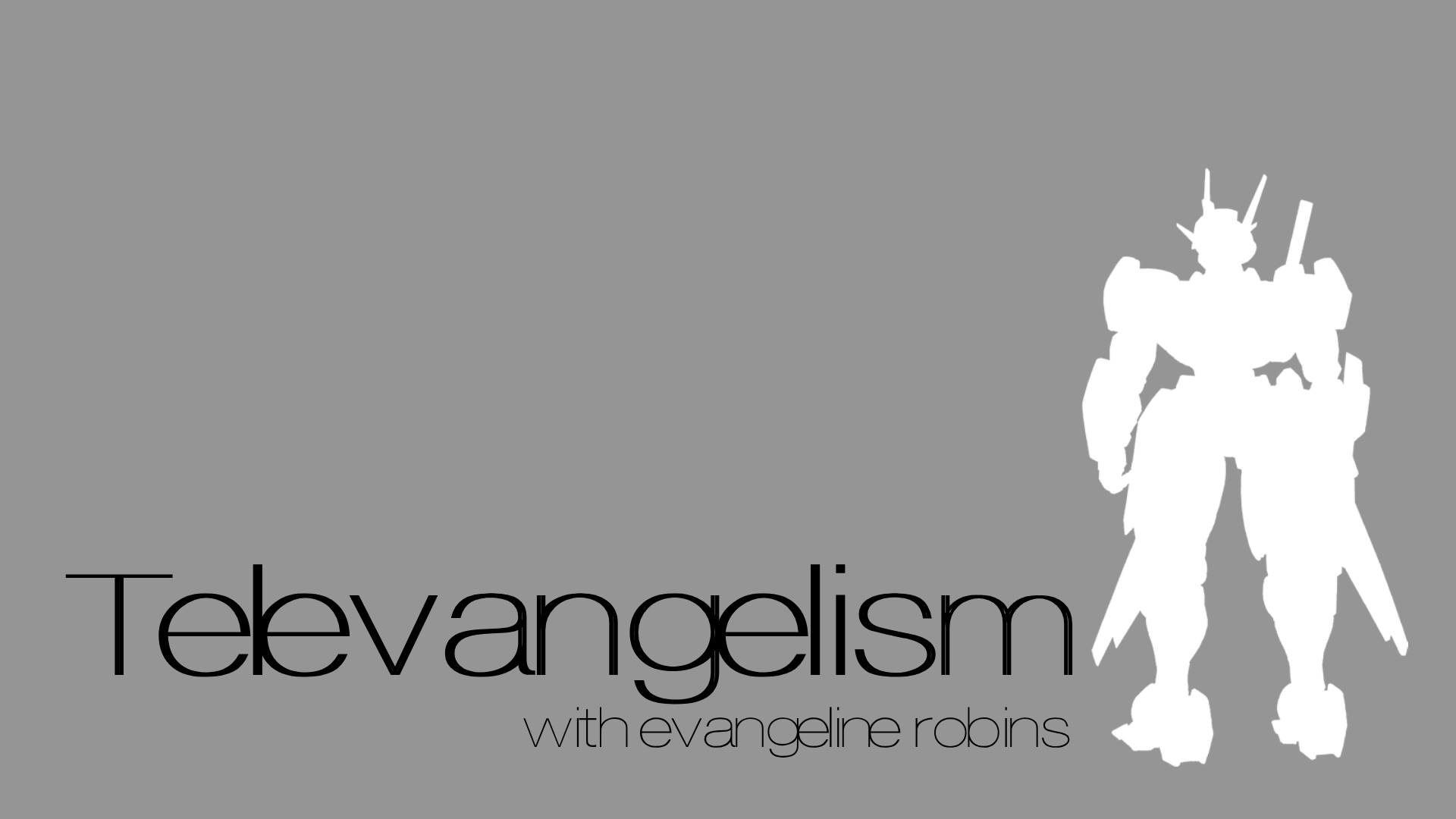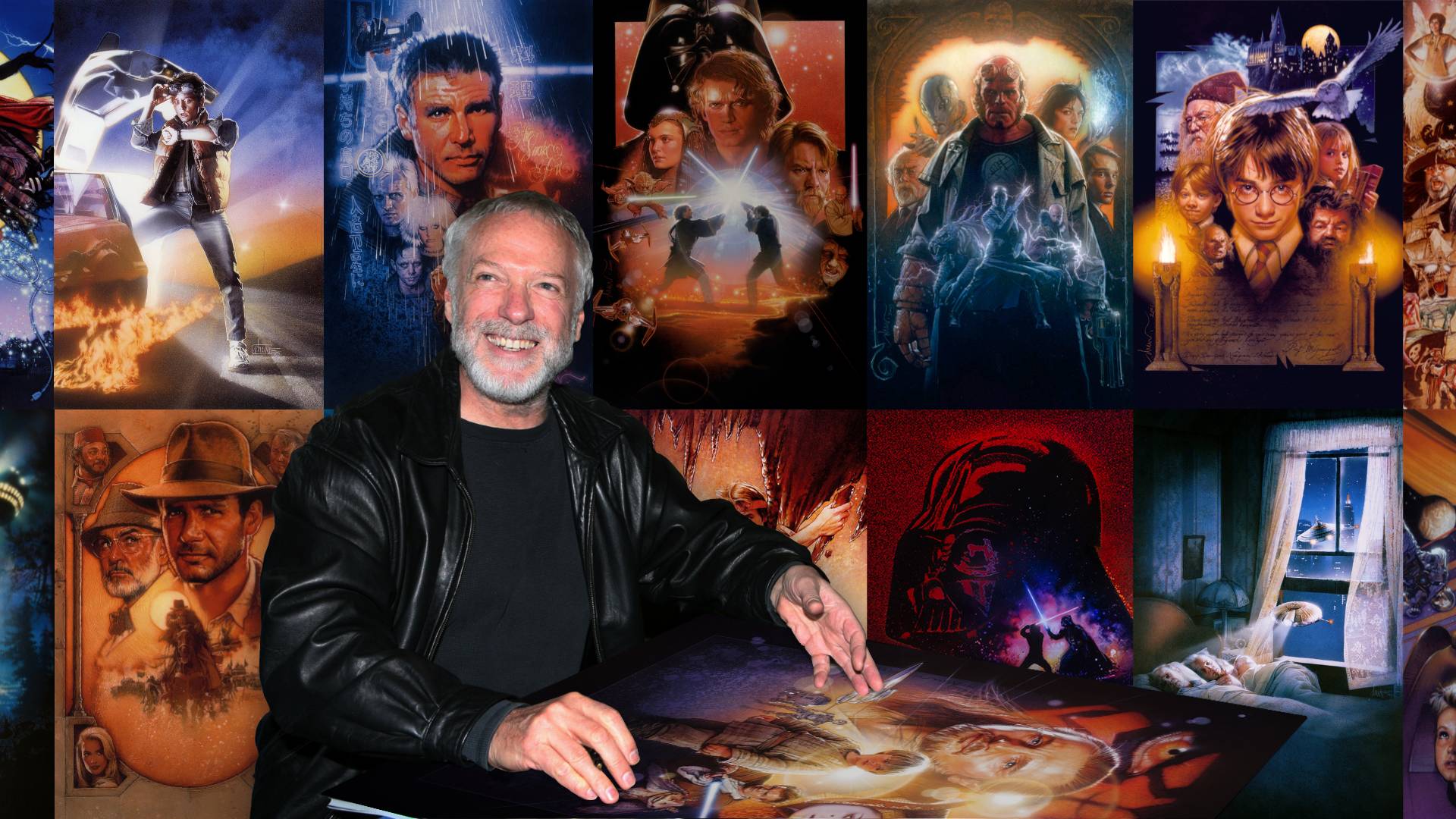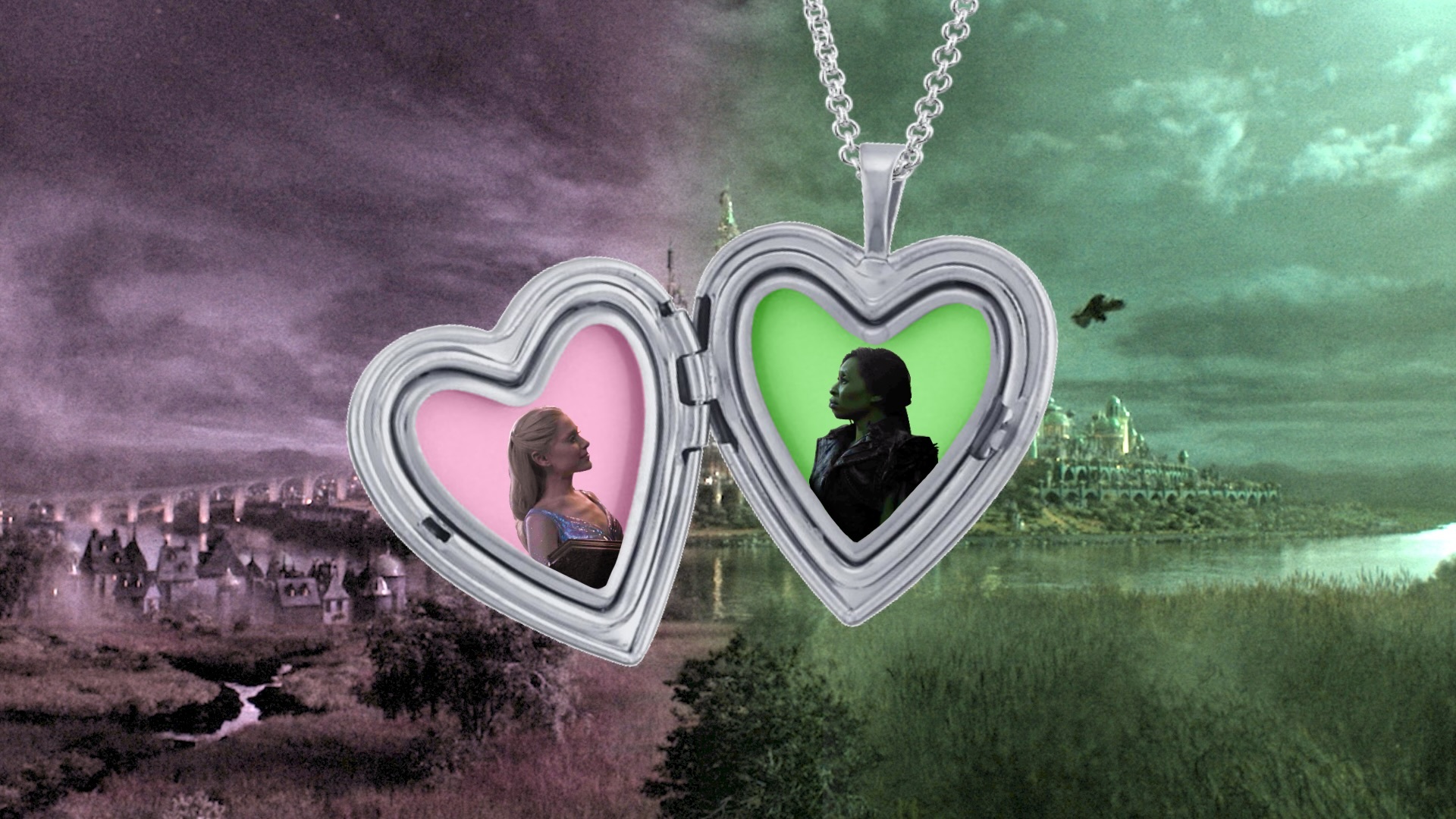Over the summer before twelfth grade, I went to a house party.
Dear reader, please believe me when I tell you this was a remarkable occurrence for me. I was not cool in high school. I’m probably not cool even now, despite what people tell me. Perhaps, in regular horseshoe-theoretical fashion, my un-coolness is precisely what makes me cool in the eyes of those who tell me I am. Per the consequences of said un-coolness, frequenting house parties was not a regular occurrence throughout the duration of my “teenage dirtbag” years. So it was on this outlying occasion on which I did attend a party hosted by my friend on a weekend during which her parents were out of town, I quickly found that I was not having a good time.
“Introverted” fails to express the depths of my longstanding aversion to people. I consider my personality best described as an “acquired taste,” a cocktail of innumerable likely-overlooked DSM-5 diagnoses which form the basis of my social incompetence. At times I make missing social cues look like a competitive sport, and myself an Olympic athlete of the discipline. My modus operandi at house parties, and indeed any social events, is to select a patrol area like an enemy in a Metal Gear game, only talking to people who approach me or whom I already know. Dutifully, I thus assumed my post on the couch. People milled around me; conversing, drinking, and making merry. Eventually, a girl sat beside me. I watched as she poured a bottle of Heineken into a 16oz mug and raised it to her lips.
“Hey,” she said.
“Hey. You’re drinking beer out of a mug?” I asked rhetorically.
“Yeah” she agreed. “Would you like me to read you my fanfiction?”
She pulled out her phone and proceeded to read several sordid snippets: stories concerning a pop singer and a fictional cat contained in the archive of her erstwhile Wattpad account.
“Have you seen Sleepaway Camp?” she looked up from her phone. Nearly two hours had gone by. She had put about four beers away since we’d started talking.
“No.”
“It’s terrible. You’ve got to watch it,” she drawled, leaning over to place her hand on my shoulder.
That night, I got home, hours after midnight, and watched Sleepaway Camp in 480dpi on YouTube dot com. The next morning I direct-messaged the Instagram profile she’d given me.
I’m still thinking abt ur fanfiction.
Btw, you were right about sleepaway camp.
The moment she responded, I knew we were friends.
Our friendship blossomed over a shared passion for bad movies. She had an encyclopedic knowledge of atrocious children’s films, while I was enthralled with terrible Christian movies at the time. When the trailer first dropped for Zombieland 2: Double Tap, we knew we had to experience it for ourselves.
“It looks shit,” she’d said. “Do you want to watch it?”
Chauffeured by my mother one cold November evening, we arrived just in time to catch the tail end of the previews. We were the only people in the theatre, save a couple performing what I presume to have been oral sex in the back-most row. The last trailer was for Blumhouse’s new seasonal outing, Black Christmas.
We sat in the lobby for hours after the movie, eating terrible Cineplex Fro-Yo, and only leaving when staff had to practically usher us out. On the way, we stopped in a photobooth, the kind you find only in sad old shopping malls and county fairs. We selected the “zombie” filter and recoiled in mock horror for the blurry Polaroid film strip. I still carry that picture with me; in the inside pocket of the leather jacket that accounts for about 10% of my personality, and at least 20% of my wardrobe. I’m wearing that jacket as I write this column. I took the bus five kilometres in the wrong direction just to spend more time with her.
The Black Christmas for which we saw the trailer is not the first film to bear that name. Black Christmas (2019) is a remake/reboot/reimagination of the eponymous 1974 Canadian no-budget horror film. Shot in Toronto, ON, the original film is oft credited — by weirdos like me, mostly — as progenerating the slasher subgenre of horror films, which would go on to dominate the 1980s and 90s with such monolithic franchises as Halloween, Friday the 13th, and A Nightmare on Elm Street. However, at the time, Black Christmas was something novel. Most horror films that predate the film — Psycho or Rosemary’s Baby, to name a few — still aspire to an ineffable “high-art” sensibility, unlike the depravity that so-called “dead teenager movies” typically imply. So intent was producer/director Bob Clark to make a genre-codifying classic that, in an inspired move, he released his film five years before the release of John Carpenter’s Halloween (1979), a film idiots and know-nothings credit for “inventing” slasher movies. Boo, says I!
Unlike these soon-to-be household names, Black Christmas (1974) would remain an artefact of obscure interest, reduced to the status of mere “cult” popularity. Nonetheless, its influence remains profoundly felt among the annals of B-movies. Black Christmas’ focus on gloriously indulgent “kills” makes it feel far more at home amongst the ranks of its gore-laden contemporaries than with John Carpenter’s aspirationally artistic slasher sortie.
It's for this reason that — in an extremely tenuous and non-sequential way — I credit Black Christmas for catalyzing one of the most impactful friendships of my time in high school. Should you type “black christmas,” into Google Chrome’s search bar, the second image displayed on the widget from IMDB.com is of the poster for the 1984 film Sleepaway Camp. It’s doubtful that movie would exist without Bob Clark’s film. Had that movie not existed, it’s entirely possible that a girl at a party would not have seen me sitting on a couch and decided to talk to me. Even if she did, she wouldn’t have been able to drunkenly implore me to watch Sleepaway Camp, and I would not have been able to do so that night, only to text her the next day. In true butterfly effect-esque fashion, the minutia of those circumstances cemented a years-long friendship, despite the precarity of everything involved. Black Christmas is the catalyst that made this all possible. For that alone, I’d give this movie a Palme d’-fucking-Or.
À la Fight Club, this friend met me at a very strange time of my life. Wracked — as I was at the time — with gender dysphoria, any meaningful human connection became sacred, any confidante invaluable. I’d be damned to try and evaluate a strip of 35mm which, regardless of the aesthetic merits of the motion picture it contains, gave me a much-needed friend. Her arrival and subsequent presence in my life is such that I still think of her in the rosy-coloured glasses of a writer to this day — this column being a testimony to such.
Consider this, therefore, to be a ringing endorsement.


.png)


.jpg)

%20-%20Evan%20Robins.png)
.jpeg)



.jpg)


.jpg)

.jpg)







.png)